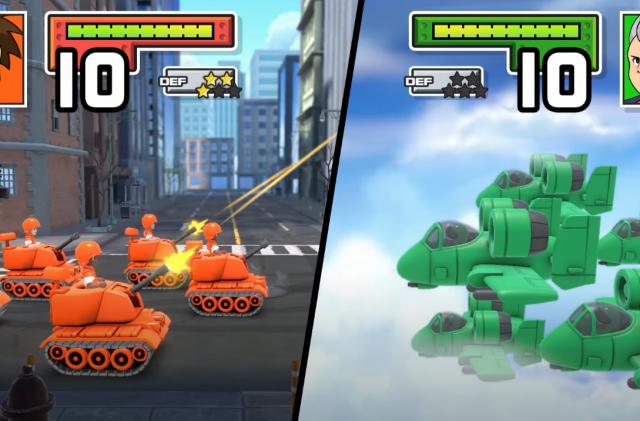"Luca" finally made Pixar's home improvement style shine.
For its first decade of making feature films, there was a saying that Pixar chose its projects around things they wanted to try animating. A Bug’s Life featured plants, Monsters Inc. had a lot of fur, Finding Nemo was set underwater. Even later productions were about refining techniques and textures, like the hair and clothes in Brave. After 16 years, Pixar doesn’t really have anything left to prove, which means the studio can finally settle down into a house style.
Coming out this week on Disney+, Luca is the story of a young sea monster who becomes curious about the surface world. If you’re thinking that sounds like The Little Mermaid, well, yeah, it is very much Pixar’s take on that fable. Luca stumbles upon some human artifacts and ends up venturing above the surface as a result, discovering that when he leaves his watery environment, he turns into a human. That is where the similarities to the Disney film end, as Luca meets another sea dweller with a love of the air-breathing world, and the two of them travel to a nearby town in search of a Vespa scooter. It’s pretty blatant product placement, but also charming, given how prominent the brand is in our ideas of Italian culture, especially mid-20th-century films like Roman Holiday. If this movie is romantic at all, it’s about what the iconic brand represents: freedom.

The movie is also reminiscent of Hideo Miyazaki’s Ponyo, which is fine, because that’s what Luca feels like. It’s an American-made Ghibli film, one where the object is acceptance, platonic love and a deep appreciation for the simple pleasures like a heaping plate of pasta. Which Luca has a lot of (it’s part of the central plot) and it’s absolutely mouthwatering. Luca is a showcase for every skill Pixar has mastered over its four decades of existence. There’s realistic food, hair, fabric and plenty of water, both in ocean and rain form.
Disney / PixarThe one thing that still maintains a cartoonish quality are the people. That's more of an aesthetic choice at this point, rather than a sign of limited character models, the likes of which populated the company’s earlier feature films like Toy Story and Monsters Inc. The characters are all soft with rounded edges, painted in colors that are more dreamy and muted than they are bright. Pixar has been developing a prototypical character model since Ratatouille, one that’s been iterated on in the past decade in films like last year’s Onward and Soul. But those were fantasy movies with bright, outlandish settings — even Soul splits its time between New York and the afterlife. Humans get a lot more screen time in Luca, even if it is a fantasy film.
Luca is a showcase for every skill Pixar has mastered over its four decades of existence.Though the protagonists are sea monsters, the underwater scenes are actually pretty mundane: Luca’s family lives in a cave, and the kid spends his days watching over a school of sheep-like fish. It’s grounded in a way that most Pixar films are not; its closest relative in the Pixar stable is Ratatouille, and not just because both are set in a caricatured European country.
Disney / PixarPixar has always had a story and the story in "Luca" is very touching, but now the studio has improved its own craftsmanship, the graphics can be compared with the narrative, and the color and texture depth that a movie like Toy Story can only dream of To visualize those emotions. Pixar's house style is no longer limited by technology, allowing the movie to finally show their feel.Latest: macOS Monterey will no longer support older MacBook Pro and Air models
Next: Samsung has launched a 43-inch version of its multifunctional smart display







